Like people, buildings age. Even under the best of atmospheric conditions, dust, dirt and grime accumulate, changing a building’s appearance over time. Often it’s not until a building’s façade is cleaned that one notices how it was dirty to begin with. In some cases the patina that grows on a masonry façade can even enhance a building’s appearance. Consider the many fine, old, iconic buildings in major cities around the world. A postcard would look a lot different if these buildings were cleaned regularly!
How Often to Clean?
So the question arises: how much, and how often to clean your building’s façade?
“That often depends on the owner,” says Mark Rashkow, partner and founder of Ace of Spray, a pressure washing company with three offices located in Chicago, Milwaukee and Central Illinois. “People will argue that dirt and grime can hide defects, but they also accelerate aging,” bringing on additional problems. “Some owners clean their façades on an annual basis, others wait several years. Again, it depends on the owner and what standard they want to maintain.”
How often a building should be cleaned has a lot to do with the actual physical location of a property relative to various sources of grime. According to an article entitled ‘Façade Cleaning: For More Than Appearance’s Sake,’ published by Hoffmann Architects’ Journal, “Not all building façades warrant the same amount of attention. A building’s location, function and geographic and atmospheric conditions all play roles in determining the level of cleaning effort necessary to achieve the desired appearance.”
“There is a natural buildup of atmospheric pollutants that develops on surfaces over time,” explains Rashkow. “How high the concentration of that content is in the air is what dictates how quickly it builds up on your building. A building near a highway where there are obviously higher concentrations of pollutants from cars trucks etc, will cause grime to develop more quickly than a building in, say, a more isolated suburban setting. On the other hand, buildings in that suburban setting may be exposed to more moisture, which can lead to mildew – especially when coupled with landscaping elements in close proximity.”



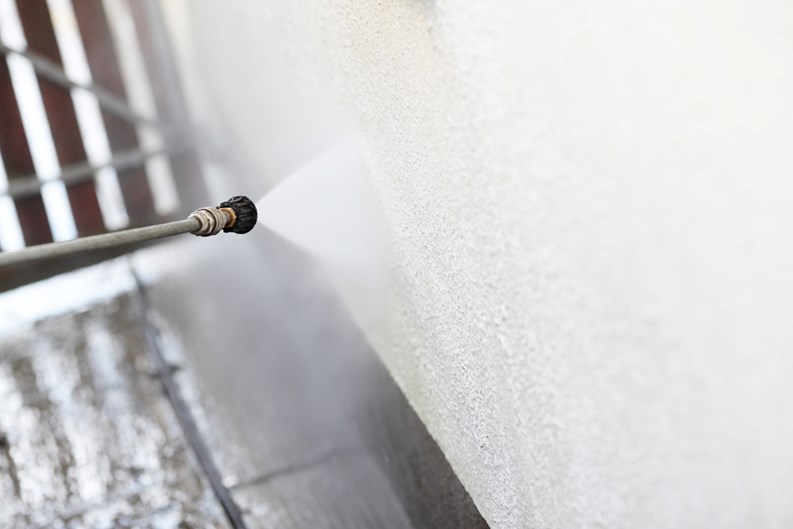
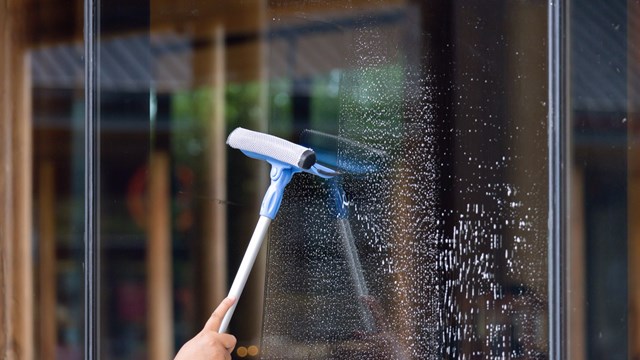
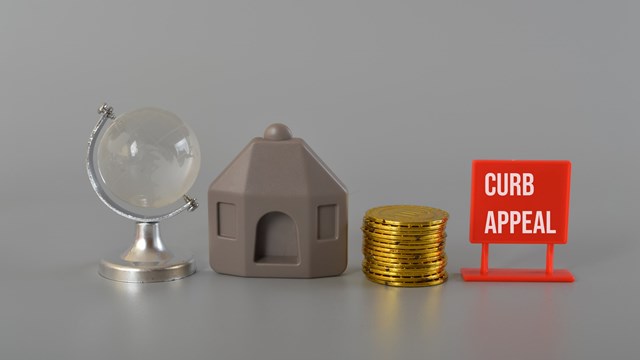
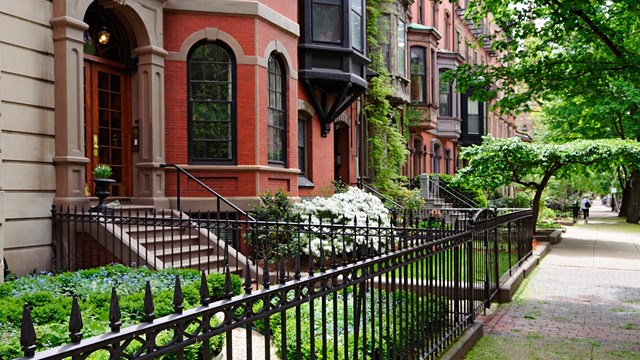
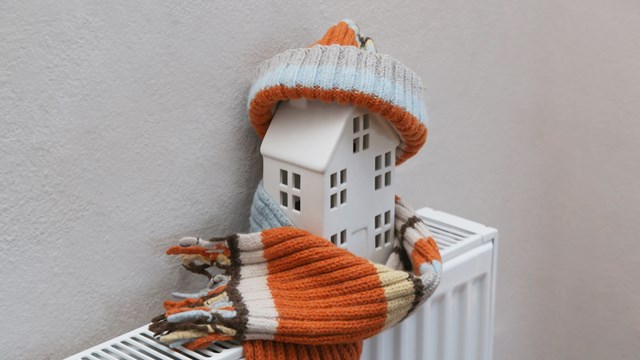

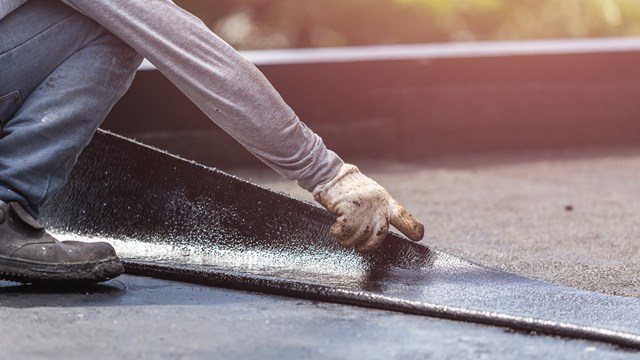
Leave a Comment